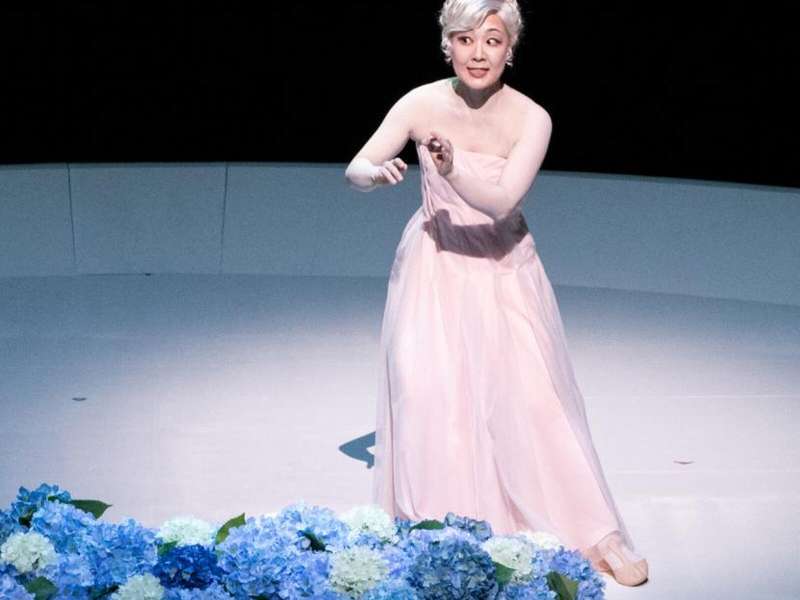
Orpheus and Eurydice "revived" in Tokyo
The New National Theatre in Tokyo presents Gluck's Orpheus and Eurydice in a new production by Saburo Teshigawara. Through song, dance, and light, the myth comes to life in a visually striking production. Starring Sara Mingardo, Giulia Semenzato, and Yuki Sugiyama.
もっと読む